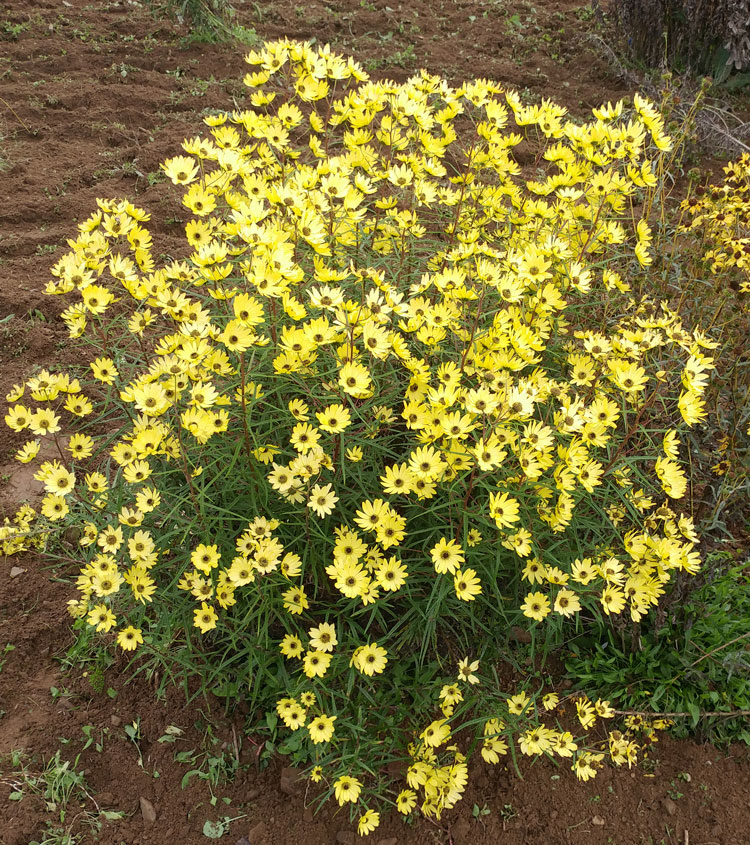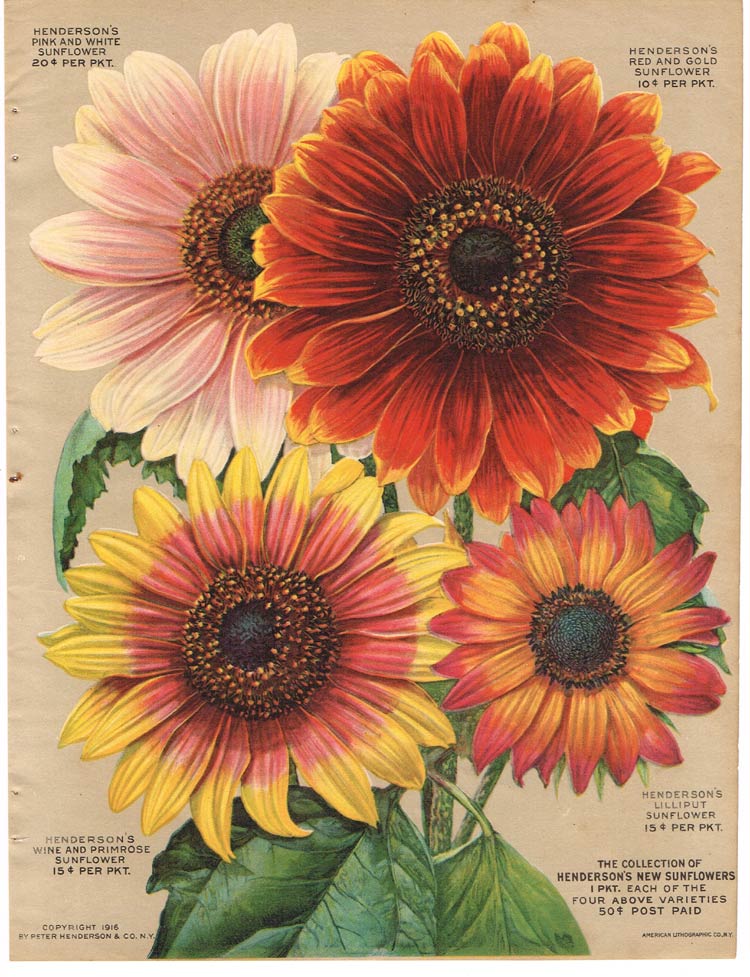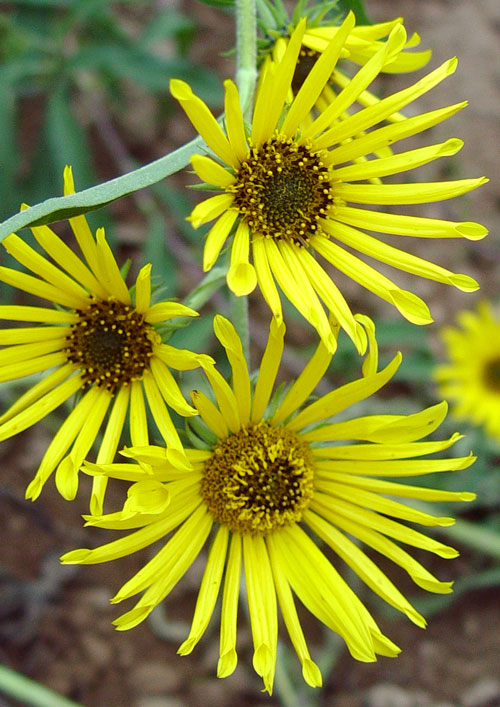The Urna Vitae ornamental perennial sunflower breeding program was started in 2004 at its predecessor company Great Lake Gardens. Unlike the common annual sunflower (Helianthus annuus), which only grows for one season, there are many other species of sunflower that are hardy perennials. These hardy sunflowers are all North American natives and some, such as Helianthus × multiflorus, have been grown in gardens along with their annual cousin since the 1500’s.

The wild perennial sunflowers encompass some forty perennial species that range in height from about one foot to over twelve feet. There are species that grow in the high deserts of the Pacific Northwest, the low deserts of the Southwest, and the swamps of the Southeast. Still other species grow in the Rockies, the Ozarks and the Appalachian Mountains; the open plains of the Midwest; and the forests of the Northeast. There are also a number of related genera that can be hybridized with Helianthus. Taken together, these species represent a wide range of genetic diversity for the ornamental plant breeder.
In my breeding work, I have traveled extensively across the US to collect germplasm from these different species and search for wild mutations in flower color, shape, size, etc. While all of the wild perennial sunflowers have yellow flowers, work at the nursery is focused on increasing the color range to include white, pale yellow, orange, red and pink. Efforts are also underway to increase the variety of flower shapes and reduce the heights of the more ornamental species to better fit in modern gardens.
Contents
Sunflower Breeding Literature

The breeding program has benefited tremendously from the large volume of published crop sunflower (Helianthus annuus) breeding literature. This includes the early work of Theodore and Wilmatte Cockerell who, in 1910, discovered the first red annual sunflower. Many of the ornamental perennial sunflower breeding techniques I use have been adapted from this work with crop sunflower. I have compiled a library of over 600 publications related to Helianthus breeding and use a private wiki with nearly 1000 content pages and over 800 images to document the literature research and breeding results.
Greenhouse
The Urna Vitae greenhouse is a 1440 SF Gothic arch-style freestanding greenhouse with entirely automated climate control and redundant overhead and drip irrigation. This allows me the freedom to travel for consulting and collecting work as needed. For added security, the greenhouse has a Sensaphone Express auto dialer that monitors the electricity, temperature and irrigation water pressure. In the event of an alarm, the auto dialer begins to automatically call my mobile phone and members of my family. The greenhouse also has an IP camera that allows me to visually check the health of the plants when I’m traveling.
To synchronize flowering of short day photoperiod species and hybrids with that of long day and day neutral plants, the greenhouse contains a small manually operated blackout box. Most short day Helianthus will reliably flower after about 30 days of 12-hour days/nights in this box.
Mutation Breeding

In addition to wild and cultivated sources of novel germplasm, the breeding program has taken advantage of the Penn State gamma-ray irradiation facilities to irradiate seeds of several different species. This has produced a wide range of flower shape and color mutants, including heads with multiple rows of rays and tubular and spooned rays.
Tissue Culture
Based on published reports of success with interspecific, and even intergeneric, hybridization in crop sunflower, the Urna Vitae embryo rescue and micropropagation laboratories were established in 2013. These facilities allow for the production and multiplication of wide hybrids within Helianthus and between Helianthus and related genera within Asteraceae.
